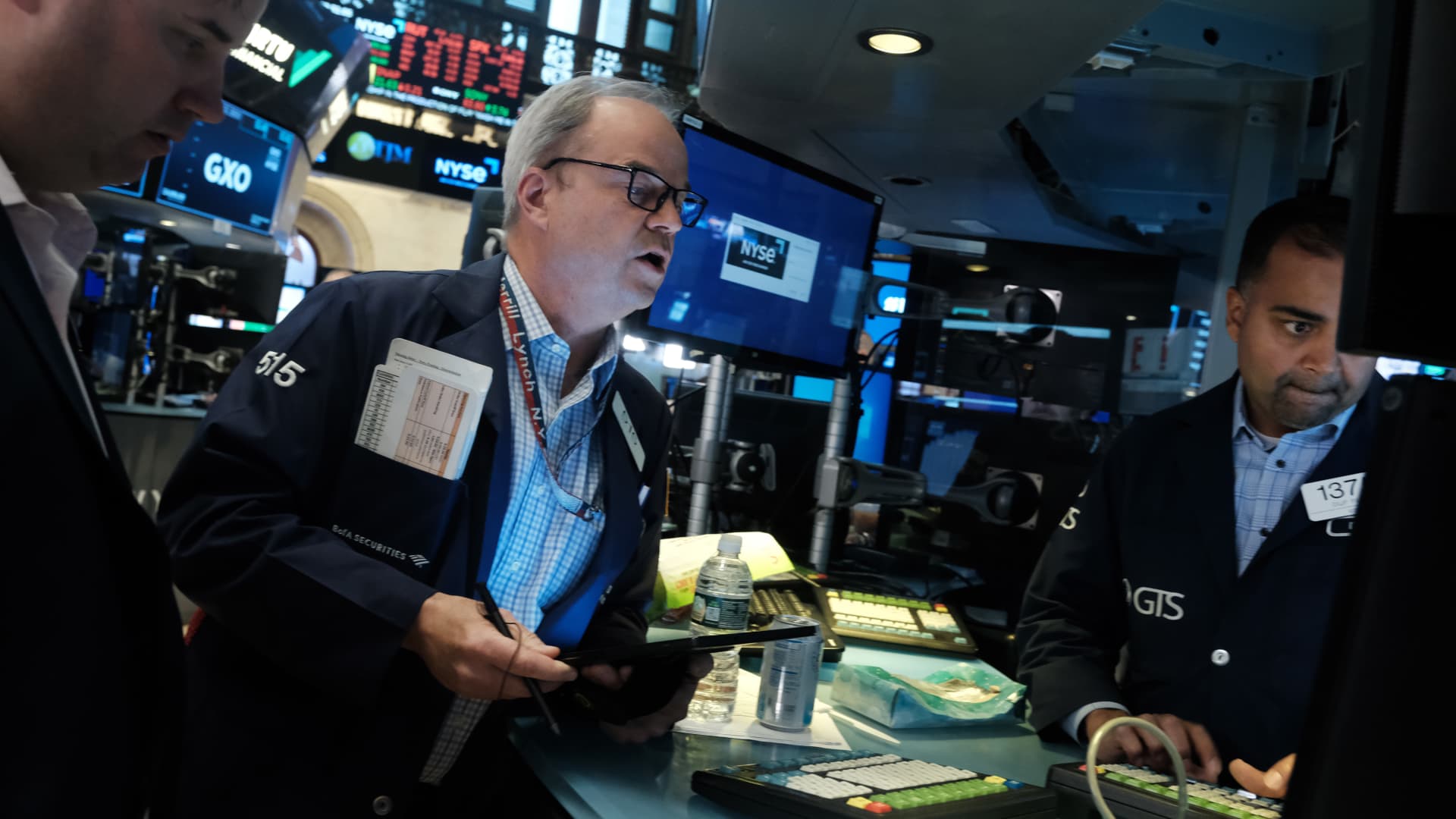Airlines Banking On Capturing Carbon From The Air

In the EU, airlines are under pressure to cut carbon emissions or pay for the emissions they create. They are also under some pressure from consumers who are concerned about flying because of the enormous amount of pollution flying creates. Clearly, large airplanes are not going electric anytime soon, and we’re just inching our way toward small airplanes going electric. So, what to do?
What several airlines as well as Airbus have decided to do is bet on Direct Air Carbon Capture and Storage (DACCS). Air Canada, Air France-KLM, easyJet, International Airlines Group, LATAM Airlines Group, Lufthansa Group, and Virgin Atlantic — have all signed Letters of Intent (LoI) “to explore opportunities for a future supply of carbon removal credits from direct air carbon capture technology.”
Naturally, the plan is not to capture CO2 right after it’s emitted — that’s certainly too hard. The idea is to simply capture and store as much CO2 as their planes emit.
DACCS is far from proven for such a tall task, but this is the option that airlines and Airbus have settled on as their preferred solution for net zero emissions — or at least one of their preferred solutions. Airbus notes that DACCS complements the development and use of Sustainable Aviation Fuel (SAF).
Unfortunately, reality as it is, DACCS isn’t a solution for today, this year, or even next year. The hope is to be buying “verified and durable carbon removal credits” in 2025 at the earliest. “The carbon removal credits will be issued by Airbus’ partner 1PointFive – a subsidiary of Occidental’s Low Carbon Ventures business and the global deployment partner of direct air capture company Carbon Engineering. Airbus’ partnership with 1PointFive includes the pre-purchase of 400,000 tonnes of carbon removal credits to be delivered over four years.” We’ll see. (Recommended reading: A Case Study Into A Technology That Should Be Set Aside Until 2050, Carbon Engineering’s Air-To-Fuel Fig Leaf.)
I’m not sold on direct air carbon capture and storage, but I also don’t know what the best solution would be otherwise. Furthermore, it does seem that we need to find more solutions to taking the CO2 out of the air, and this could potentially help Carbon Engineering to mature.
The following are some quotes from some executives with vested interests in this pathway. Scroll through and see what they have to say.
Airbus Executive Vice President of Communications and Corporate Affairs Julie Kitcher: “We are already seeing strong interest from airlines to explore affordable and scalable carbon removals. These first letters of intent mark a concrete step towards the use of this promising technology for both Airbus’ own decarbonisation plan and the aviation sector’s ambition to achieve net-zero carbon emissions by 2050.”
1PointFive President Michael Avery: “We’re excited to partner with Airbus. Carbon removal credits from direct air capture offer a practical, near-term and lower cost pathway that enables the aviation industry to advance its decarbonisation goals.”
Air Canada Senior Director of Environmental Affairs Teresa Ehman: “Air Canada is proud to support the early adoption of direct air capture and storage as we and the aviation industry move forward on the path to decarbonisation. While we are in the early days of a long journey and much remains to be done, this technology is one of the many important levers that will be needed, along with many others, including sustainable aviation fuel and increasingly efficient and new technology aircraft, to decarbonise the aviation industry.”
Air France–KLM VP Sustainability Fatima da Gloria de Sousa: “Sustainability is an integral part of the Air France-KLM Group’s strategy. While we activate all levers already at our disposal to reduce our carbon footprint — including fleet renewal, SAF incorporation and eco-piloting — we are also active partners in research and innovation, advancing knowledge on emerging technology in order to improve its price and efficiency. In addition to CO2 capture and storage, the technology opens up very interesting perspectives for the production of synthetic sustainable aviation fuel. The letter of intent we are signing with Airbus today embodies the collaborative approach the aviation industry has initiated to find effective solutions that meet the challenge of our environmental transition. Only together can we address the climate emergency.”
easyJet Director of Sustainability Jane Ashton: “Direct air capture is a nascent technology with a huge potential, so we are very pleased to be part of this important initiative. We believe that carbon removal solutions will be an essential element of our pathway to net zero, complementing other components and helping us to neutralise any residual emissions in the future. Ultimately, our ambition is to achieve zero carbon emission flying, and we are working with partners across the industry, including Airbus, on several dedicated projects to accelerate the development of future zero carbon emission aircraft technology.”
IAG Head of Sustainability Jonathon Counsell: “Our industry’s transition will require a variety of solutions, including new aircraft, sustainable aviation fuels and emerging technologies. Carbon removal will play an important role in enabling our sector to achieve net-zero carbon emissions by 2050.”
LATAM Airlines Group Corporate Affairs and Sustainability Director Juan José Tohá: “DACCS represents an innovative way not only to remove net carbon from the atmosphere, but it also has the potential to play a part in the development of synthetic sustainable aviation fuels. There is no silver bullet for decarbonising the industry and we will rely on a combination of measures to reach our net-zero ambitions, including greater efficiencies, sustainable aviation fuels and new technologies, supported by the conservation of strategic ecosystems and quality offsets.”
Lufthansa Group Head of Corporate Responsibility Caroline Drischel: “Achieving net-zero carbon emissions by 2050 is key for the Lufthansa Group. This involves billion euro investments in continuous fleet modernisation and our strong commitment to Sustainable Aviation Fuels. In addition we are exploring new technologies, like advanced and safe carbon capture and storage processes.”
Virgin Atlantic Vice President of Corporate Development Holly Boyd-Boland: “Reducing Virgin Atlantic’s carbon footprint is our number one climate action priority. Alongside our fleet transformation programme, fuel-efficient operations and supporting the commercial scalability of sustainable aviation fuels, the removal of CO2 directly from the atmosphere through innovative carbon capture and storage technologies becomes a powerful tool in reaching our target of net-zero carbon emissions by 2050. We look forward to partnering with Airbus and 1PointFive to accelerate the development of Direct Air Carbon Capture and Permanent Storage solutions alongside our industry peers.”
That’s an extensive list of PR statements on this nascent technology. Hopefully it provides further insight into how these companies are thinking about DACCS.
Appreciate CleanTechnica’s originality and cleantech news coverage? Consider becoming a CleanTechnica Member, Supporter, Technician, or Ambassador — or a patron on Patreon.
[embedded content]
Advertisement
 This post has been syndicated from a third-party source. View the original article here.
This post has been syndicated from a third-party source. View the original article here.


